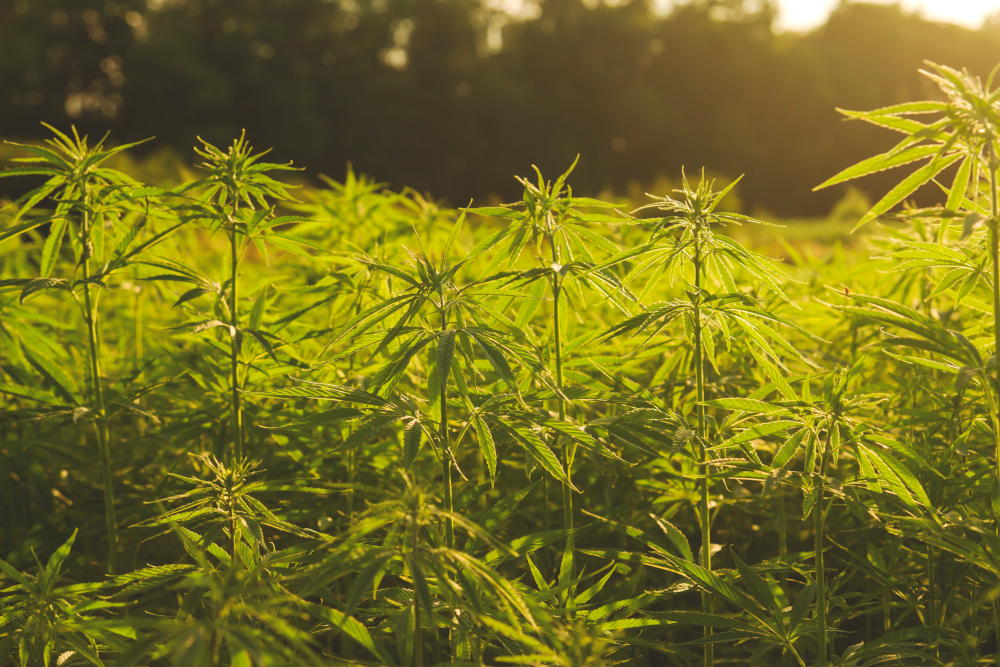Canadian health officials are seeking public input on proposed pesticide guidelines applied to marijuana and industrial hemp, suggesting that expanding cannabis cultivation could bring greater pest control problems.
Health Canada said it was paying particular attention to the risks posed by ingestion or inhalation through smoking or vaporizing products derived from plants treated with either biopesticides or conventional pesticides.
Cannabis growers in Canada have traditionally used microbial products and biopesticides such as canola oil, sulfur or garlic powder to control pests.
Identified risks
“However, as the industry expands, producers of cannabis (marijuana) and industrial hemp may face serious disease, insect and weed infestations that may require the use of conventional chemical pesticides to adequately control,” Health Canada’s Pest Management Regulatory Agency said in guidelines.
The proposed approach for pesticides addresses the types of growing sites and the information needed to support an application for pesticide use based on the intended end products of the crop.
“The assessment of inhalation and nutritional risks is required for pesticide registration to assess the health risks to humans associated with the consumption of cannabis and industrial hemp products/goods treated with pesticides,” the guidance states.
The guidelines apply to both greenhouse operations and outdoor cultivation.
Labelling requirements
Pesticide labels must include statements prohibiting certain uses of plants treated with pesticides if the risks associated with those uses have not been assessed or have resulted in an unacceptable risk, the directive states.
Product labeling must also include warnings that industrial hemp treated with pesticides must not be fed to humans or livestock and that treated plants must not be used for smoking or e-cigarettes.
Health Canada has invited the public and stakeholders to submit written comments on the proposed guidelines within 60 days of August 8, 2024, the date the guidelines are published.
Shrinking fields
The number of licensed hemp fields in Canada reached its lowest level last year since Health Canada began tracking cultivation in 2018. 11,861 hectares (29,309 acres) were recorded, compared to 13,589 hectares (33,579 acres) in 2022.
The cereals sector continued to dominate production, with 51% of hemp fields dedicated to this cultivation; 30.1% of the total was crops for fibre production. In both subsectors, the area under cultivation fell by more than half in 2023 compared to the previous year.

